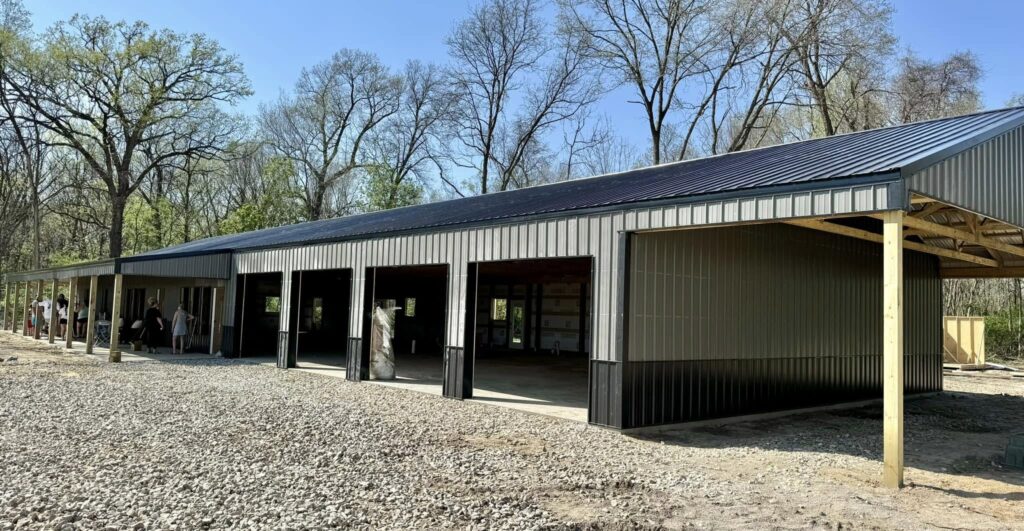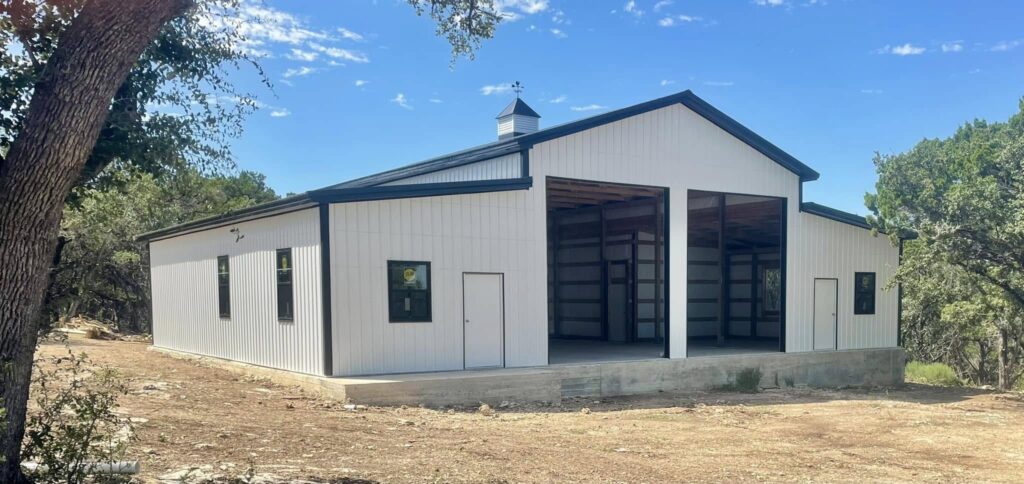Building your dream pole barn involves understanding the various factors that can impact the overall cost. Here’s a comprehensive breakdown:

1. Size of the Barn
The size of your pole barn is one of the most significant determinants of price. Typically, the larger the structure, the higher the cost. Think about the intended use of the space:
- Small Pole Barns: Great for sheds, garages, or carports. They usually range in size from 24’ x 24’ x 9’ to 36’ x 36’ x 12’, with prices starting around $7,000.
- Medium Pole Barns: Ideal for storing equipment or as animal barns. Their dimensions can vary from 36’ x 48’ x 10’ to 40’ x 72’ x 14’, costing between $18,000 and $39,000.
- Large Pole Barns: Perfect for expansive needs like homes, warehouses, or airplane hangars, ranging in size from 40’ x 60’ x 16’ to 60’ x 120’ x 16’. These can cost upwards of $36,000, sometimes nearing $100,000 for complex builds.
2. Material Quality
The type and quality of materials used can significantly influence price. Higher-grade steel and treated wood, for instance, can increase both durability and cost. If energy efficiency or sustainability is a priority, that could also affect material selection and price.
3. Design Complexity
Design features such as custom roofs, additional stories, unique windows and doors, or elaborate finishes can add to the complexity and expense of your project. Simple, standard designs tend to be more budget-friendly.
4. Location and Land Preparation
Where you build matters. Costs can vary greatly by region due to differences in labor costs and local regulations. Additionally, preparing the land—whether clearing, leveling, or dealing with soil issues—will factor into the total price.
5. Labor and Construction
Hiring skilled labor for assembly or opting for a DIY approach will also affect costs. Professional installation ensures quality and adherence to codes but comes at a higher price compared to the DIY route, which requires time and some level of expertise.
6. Permit and Compliance Costs
In some areas, securing the necessary permits and ensuring compliance with local building codes can add to the overall budget. It’s essential to investigate these requirements early in your planning process.
Understanding these factors will help you make informed decisions tailored to your needs and budget. With careful planning and consideration, you’ll create a pole barn that suits your purposes perfectly.


